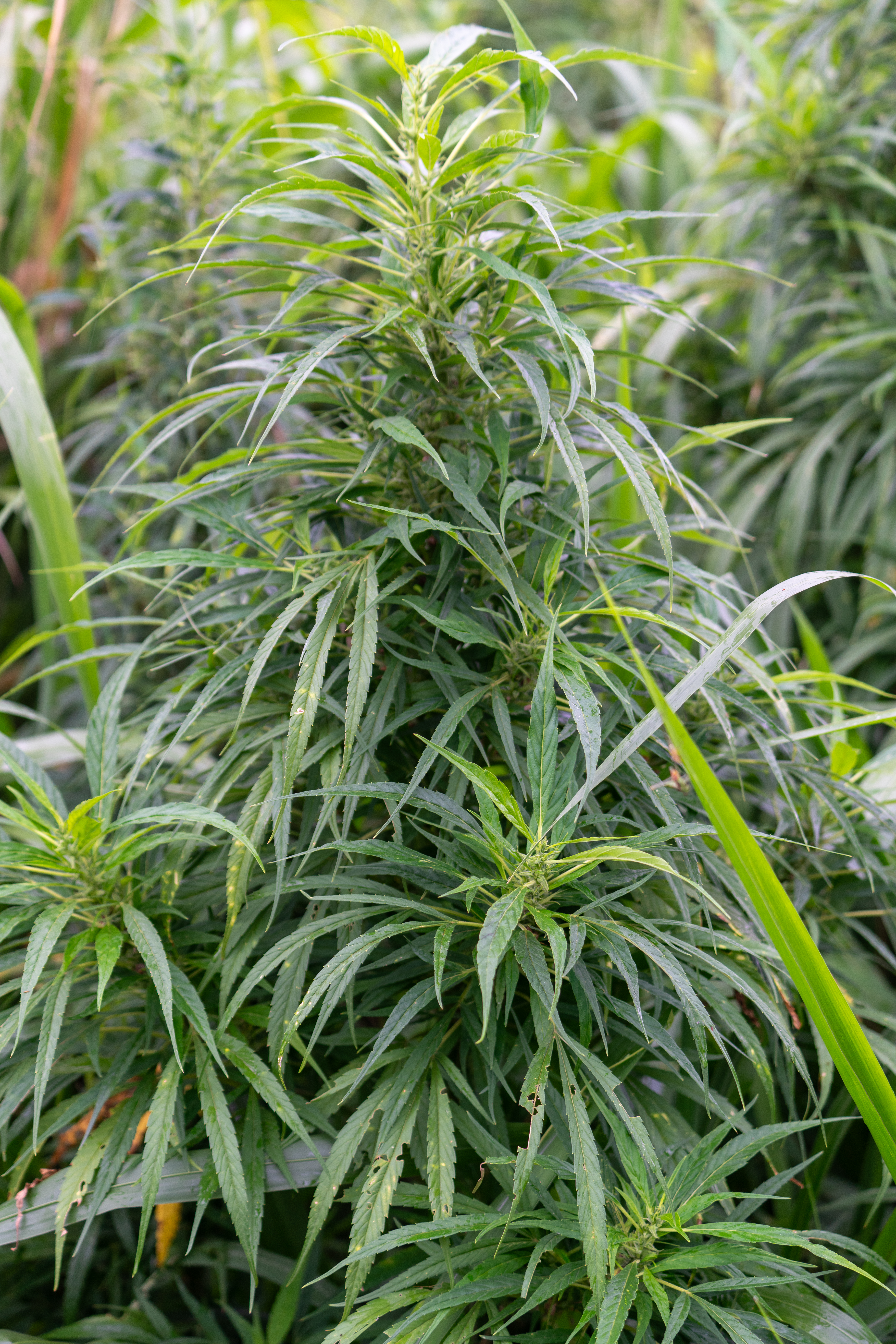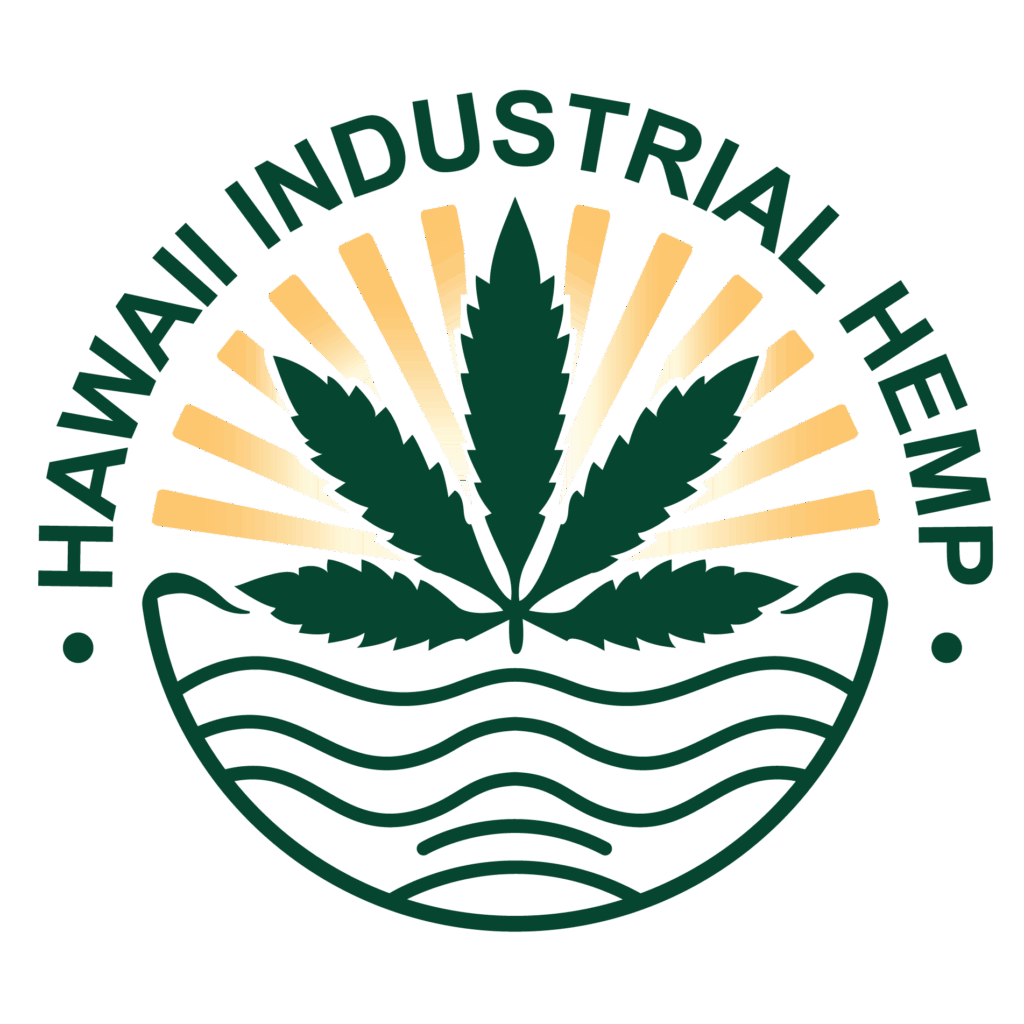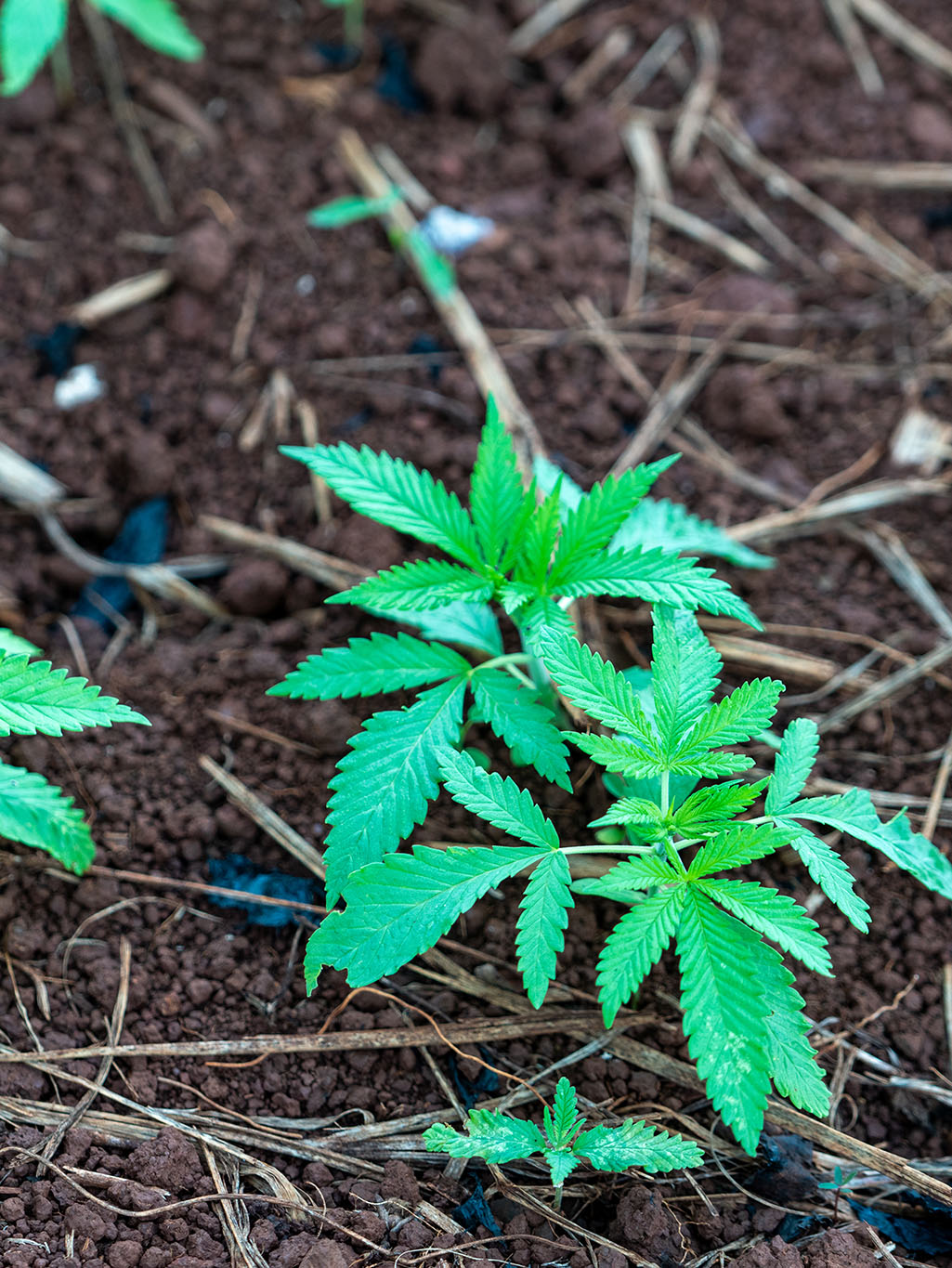Growing for the future
Commitment to Hawaii Industrial hemp Development
Launching a Hawaiʻi industrial hemp industry is a vital step for local economic growth and diversification. As traditional crops decline, hemp offers a high-value alternative that thrives in Hawaiʻi’s climate, providing steady income for farmers and new opportunities in manufacturing and construction. With thousands of potential uses—from building materials to biodegradable packaging—hemp’s versatility supports sustainable job creation and addresses urgent needs like affordable housing and land restoration. By developing local processing, Hawaiʻi can keep more revenue on the islands, reduce reliance on imports, and strengthen small family farms, positioning the state as a leader in sustainable agriculture and economic innovation.
To realize this vision, we are focused on several key goals: establishing processing infrastructure, securing regulatory clarity, developing local seed varieties, fostering research and education, building market demand, and ensuring access to land, capital, and a skilled workforce. These priorities drive our efforts to create a thriving, resilient hemp industry for the islands.
KEY GOALS
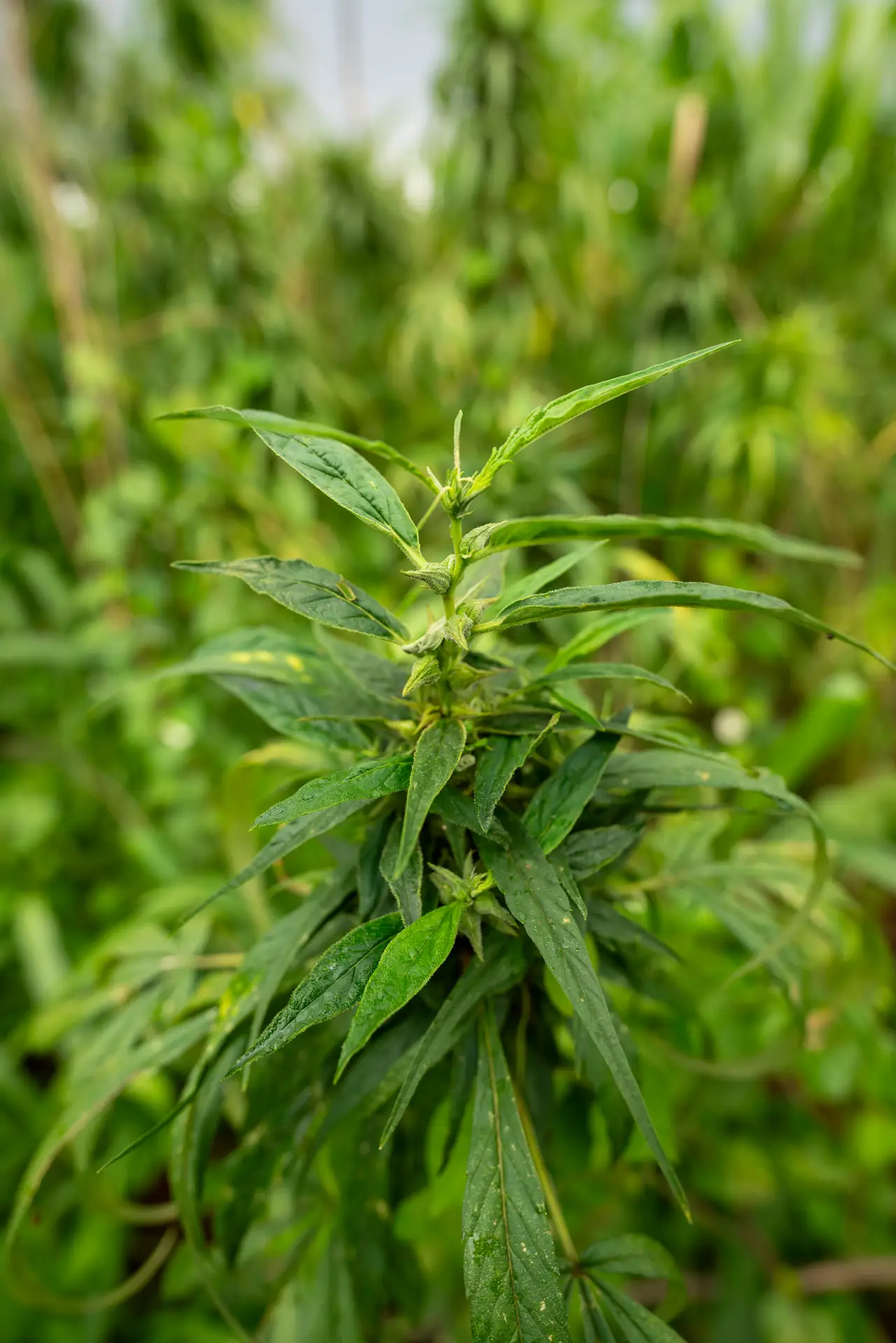
Establish Processing Infrastructure
Local Facilities Built
Efficient Hemp Processing
Strong Farmer Partnerships
Secure Regulatory Clarity and Advocacy
Clear, Supportive Policies
Industry Collaboration
Streamlined Licensing
Develop and Support Local Seed Varieties
Build Market Demand & Product Development
Foster Research, and Education
Secure Access to land, Capital, and Labor Development
Empowering Hawaii Communities starts with Knowledge
Industrial hemp is one of the world’s most versatile crops, with applications that extend far beyond medicinal use. While hemp grown for medicinal purposes is cultivated for its cannabinoid-rich flowers under tightly controlled conditions, industrial hemp is farmed on a larger scale for its sturdy stalks, seeds, and environmental benefits. In this section, discover how industrial hemp farming differs from medicinal cultivation, explore the groundbreaking potential of building with hemp-based materials, and learn how this resilient plant can help restore and revitalize contaminated soils for a more sustainable future.
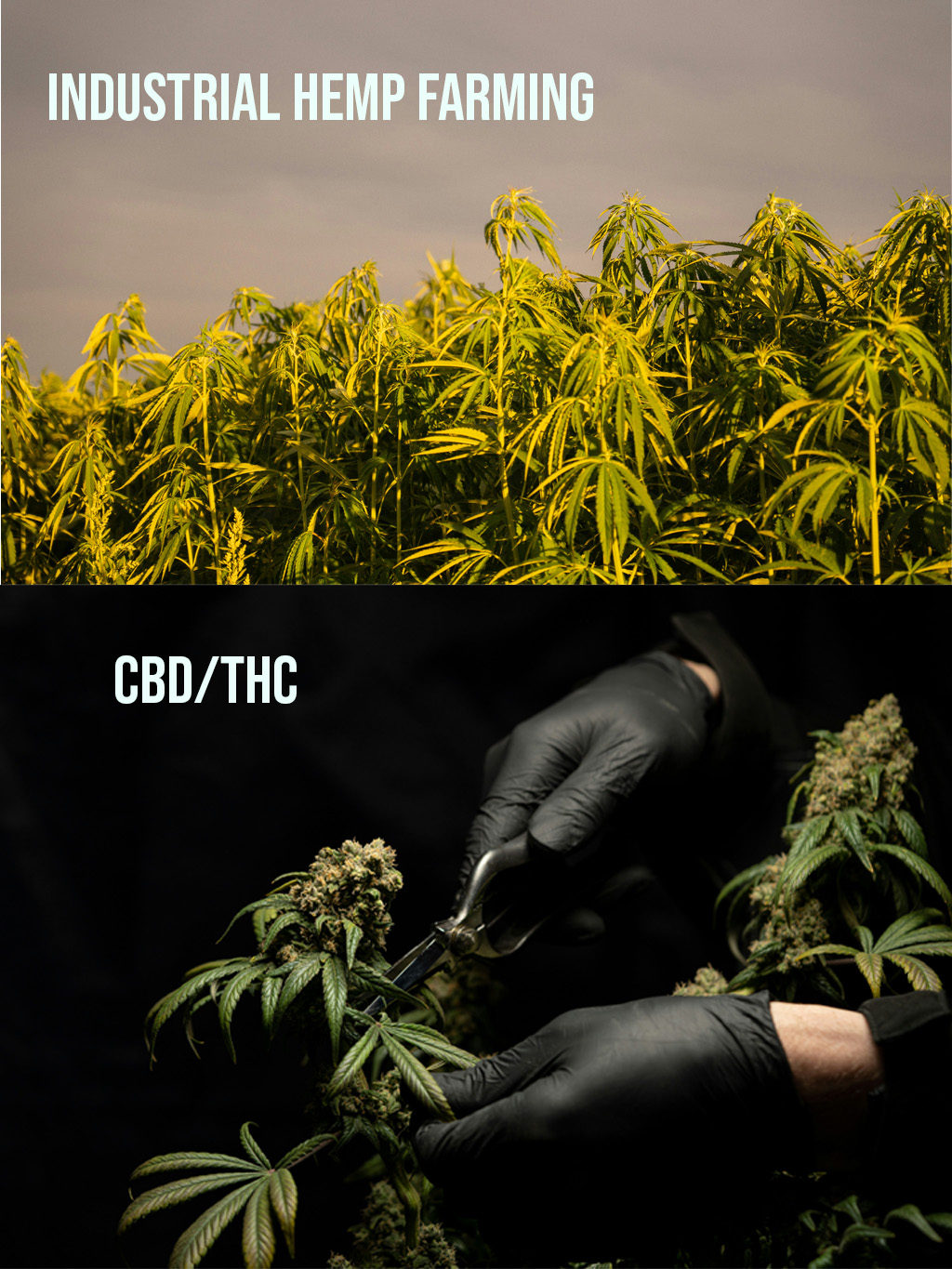
Difference in Hemp Farming
The cultivation process focuses on producing tall, fast-growing plants with low cannabinoid content, which are harvested for materials like textiles, paper, and construction material.
After harvesting, industrial hemp often undergoes field retting, where stalks decompose naturally for several weeks to separate fibers before processing and baling.
Industrial hemp farming is optimized for large-scale, low-cannabinoid biomass using conventional farming methods, while cannabinoid farming requires specialized care, wider spacing, and hands-on management to yield high-quality CBD/THC-rich flowers.
From Farm to Foundation: Industrial Hemp as the Backbone of Hawaiʻi’s Circular Economy—From Cultivation to Construction and Community Prosperity
By cultivating industrial hemp, Hawaiʻi can revitalize its agricultural sector, regenerate depleted soils, and create a renewable resource that is harvested multiple times a year thanks to the state’s ideal climate. Local processing and manufacturing of hemp into materials like hempcrete and insulation not only reduces dependence on costly imports but also supports new green jobs and local businesses. These hemp-based building materials are fire, mold, and termite resistant—making them especially suited for Hawaiʻi’s climate and urgent housing needs. The circular model continues as byproducts like biochar are returned to the land, enriching soils and supporting future crops. This integrated approach keeps money circulating locally, accelerates affordable and resilient home construction, and positions Hawaiʻi as a leader in sustainable, closed-loop economic development—turning every stage of the hemp lifecycle into an opportunity for community prosperity and environmental renewal.
Laying the Groundwork: Building a Cooperative to Anchor Hawaiʻi’s Hemp Industry Goals
As we work to establish Hawaiʻi’s industrial hemp industry, forming a cooperative or alliance will be the cornerstone for achieving our six main goals. While we do not yet have a formal cooperative in place, our vision is to bring together farmers, processors, manufacturers, and community stakeholders to pool resources, share expertise, and collectively build the industry from the ground up. This collaborative approach will ensure that the benefits of hemp cultivation, local processing, sustainable building materials, home construction, biochar and soil restoration, and local economic development remain rooted in our communities. By progressing toward a cooperative model, we will lay the foundation for stable markets, shared decision-making, and long-term resilience—empowering Hawaiʻi to grow a thriving, community-driven hemp sector that keeps value and opportunity within the islands.
Our Roadmap to Building a Hawaiʻi Hemp Cooperative
- Host informational meetings and workshops to bring together interested farmers, processors, builders, and stakeholders from across the islands.
- Gather input and identify shared needs through open discussions and community engagement.
- Form working groups focused on key areas such as governance, funding, and market development.
- Seek guidance from successful cooperatives in Hawaiʻi and beyond, adapting best practices for the local hemp industry.
- Develop clear membership guidelines and transparent decision-making processes.
- Formalize the cooperative structure with a commitment to local leadership and keeping value within the community.
- Maintain ongoing communication and education to ensure the cooperative reflects the interests and aspirations of Hawaiʻi’s communities.
